Crash test for cars in Africa reveal poor child protection
Posted 4 years ago
By Beatrice Obwocha
Crash tests on three popular vehicles in South Africa has revealed poor protection for children.
In contrast, the crash test results showed the vehicles have reasonable protection for adults.
The test was conducted by Global NCAP and the Automobile Association of South Africa and was the third to be done in the continent.
The vehicle tested were Toyota Avanza, Honda Amaze and Suzuki Ignis. The Avanza is a very popular model in South Africa for public transport and fleet use.
In a statement, Mr. David Ward, President and CEO of Global NCAP said the four star performance achieved in the crash test results were welcome but expressed disappointment in the levels of protection for children.
“We look forward to the first five star car in Africa, and encourage auto manufacturers to meet our five star challenge and provide the levels of safety performance necessary for all passengers, whatever their age,” he said.
Global NCAP awards a separate child safety rating to each model to highlight the different levels of protection vehicles provide. Tests are conducted on the Child Restraint System (CRS) recommended by the car manufacturer.
The only safe way for young children to travel is properly
restrained in a child seat, the assessment checks how compatible the car is
with the CRS recommended by the manufacturer, as well as the
protection provided in the crash test.
Here is a summary of the #SaferCarsForAfrica crash test results:
Toyota Avanza
The Avanza achieve four stars for Adult Occupant Protection despite the structure and footwell area rated as unstable. The restraint systems in the car worked properly which, together with the two Seat Belt
Reminders (SBR), for driver and passenger, just met the requirements to achieve a four star safety rating for the adults. The Avanza achieved only two stars in Child Occupant Protection, which was explained by the detachment of the rear bench from the anchorages to the structure of the car as it was pulled by the CRS from the 3 year old dummy attached with ISOFIX to the rear bench.
Honda Amaze
The Honda Amaze achieved a solid four stars for Adult Occupant Protection in the frontal crash test at 64km/h. The vehicle structure was rated as stable as well as the footwell area. The car offers seatbelt pretensioners for both front passengers and seatbelt reminder for the driver. Using the child seats recommended by Honda, the Amaze only achieved a one star rating for Child Occupant Protection. The child dummies contacted the interior of the car, showing evidence of head exposure and the probability of injury. In the case of the 18 month old CRS, the armrest opened (deployed) during the crash hitting the CRS, braking the handle lock and causing a rotation of the CRS that ended in the head of the dummy contacting the seat backrest. In the case of the 3 year old dummy, despite using a CRS with ISOFIX, its head contacted the interior of the car in the rebound phase. Both head contacts of both child dummies brought the head score to zero and with the broken CRS for the 18 month old dummy the full points of the dynamic test for this dummy were lowered to zero.
Suzuki Ignis
The Ignis achieved three stars for Adult Occupant Protection in the frontal crash test at 64km/h. The vehicle structure was rated as unstable and offered weak chest protection for the driver. Child safety of the Ignis achieved a low score because Suzuki did not recommend a CRS for the test. Global NCAP considers that car manufacturers are responsible for all occupants in the car and for this reason they must always recommend the CRS to be used in the test. When they decline to do so, the car manufacturer is not awarded points during the test. Comparing this car with the same model for Europe, while the South African Ignis has two airbags and ABS as standard, the European version of the car offers as standard: 6 airbags (2 frontal, 2 side body and 2 side curtain airbags) and Electronic Stability Control.

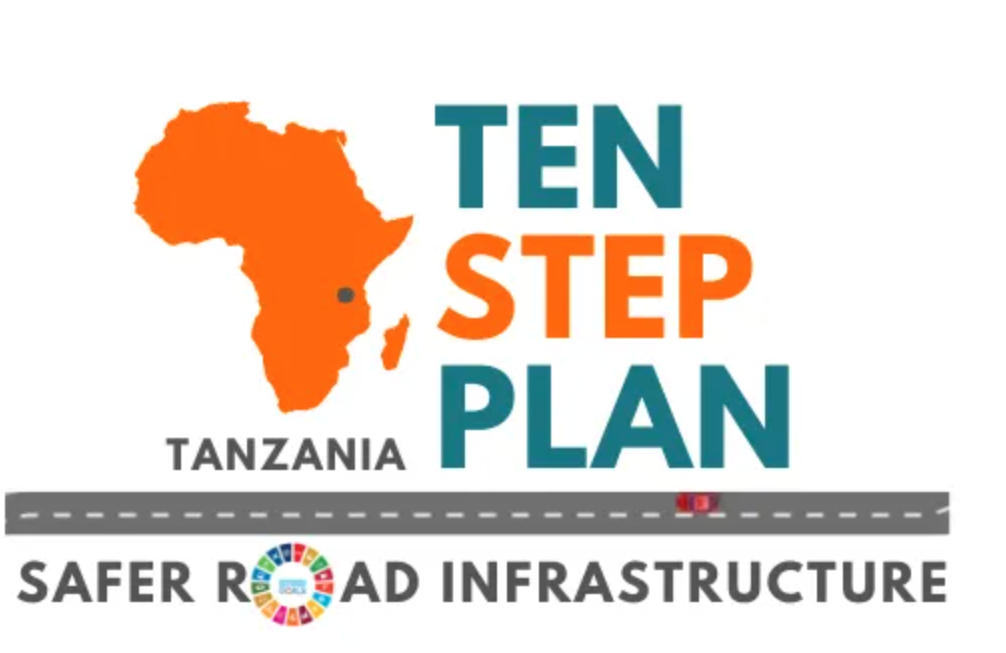
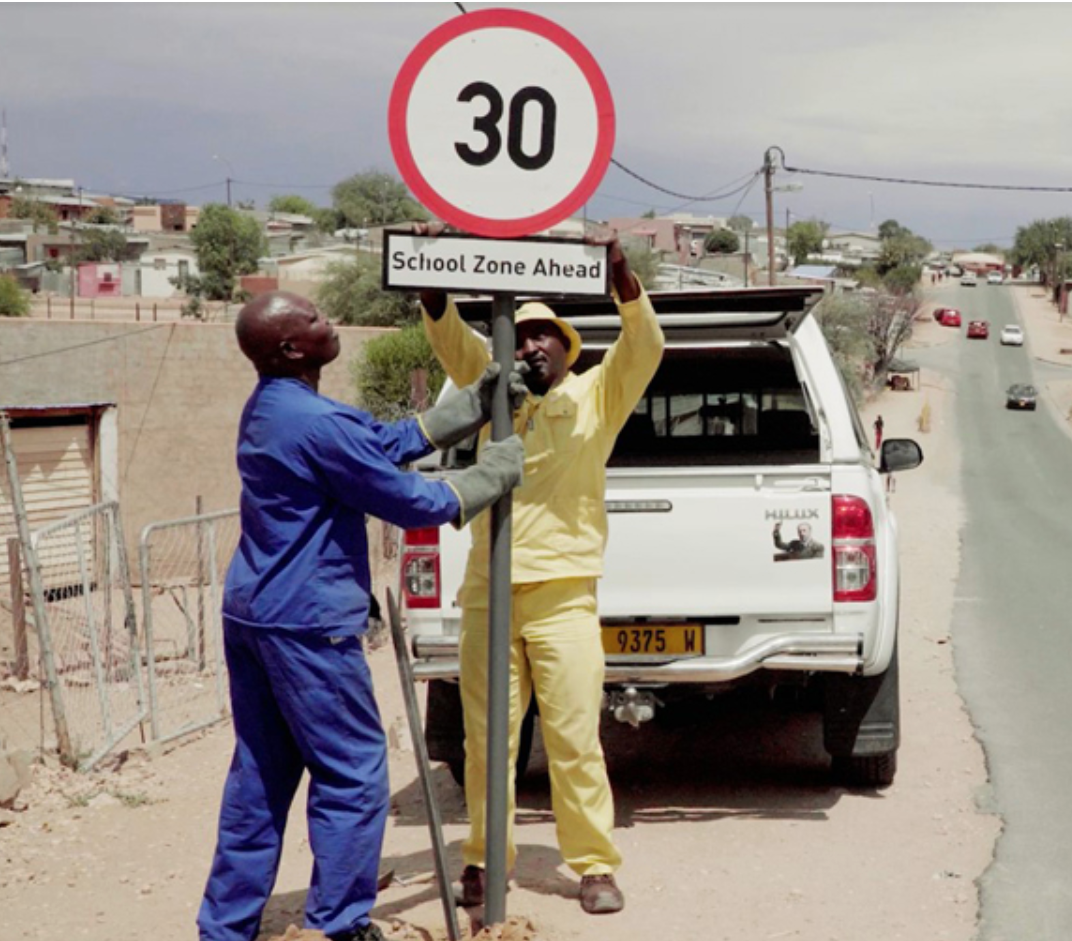
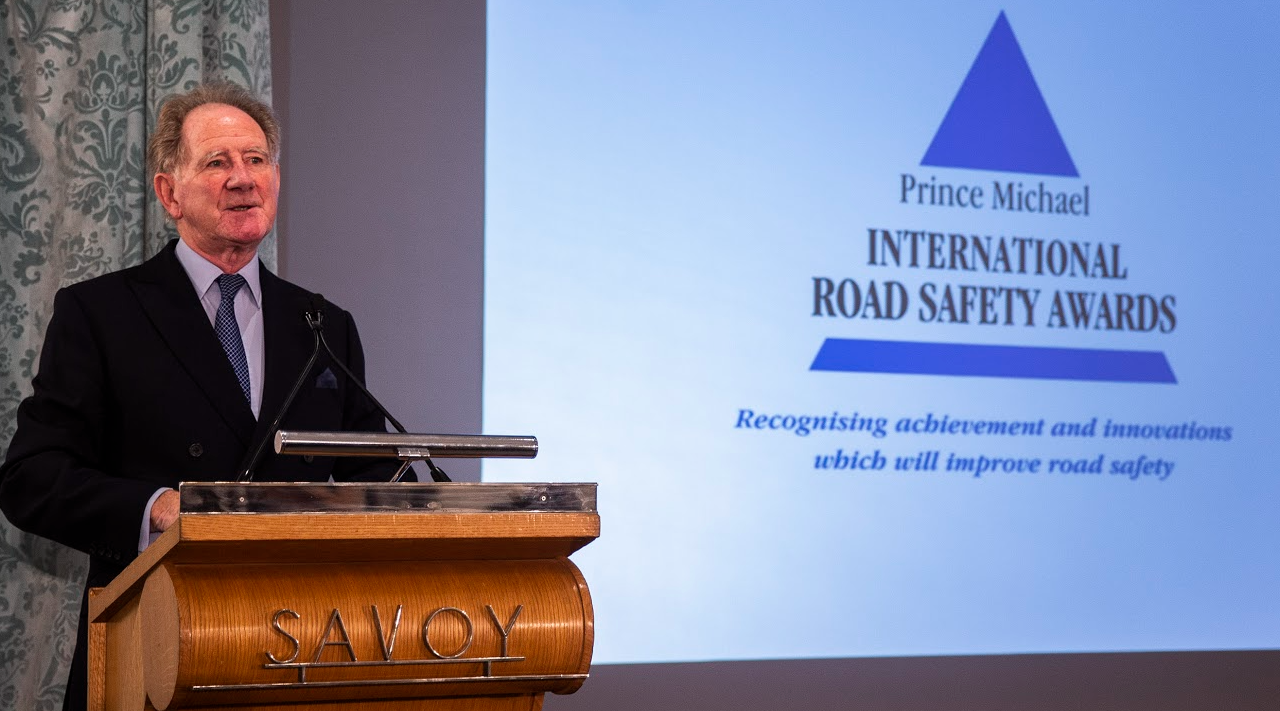
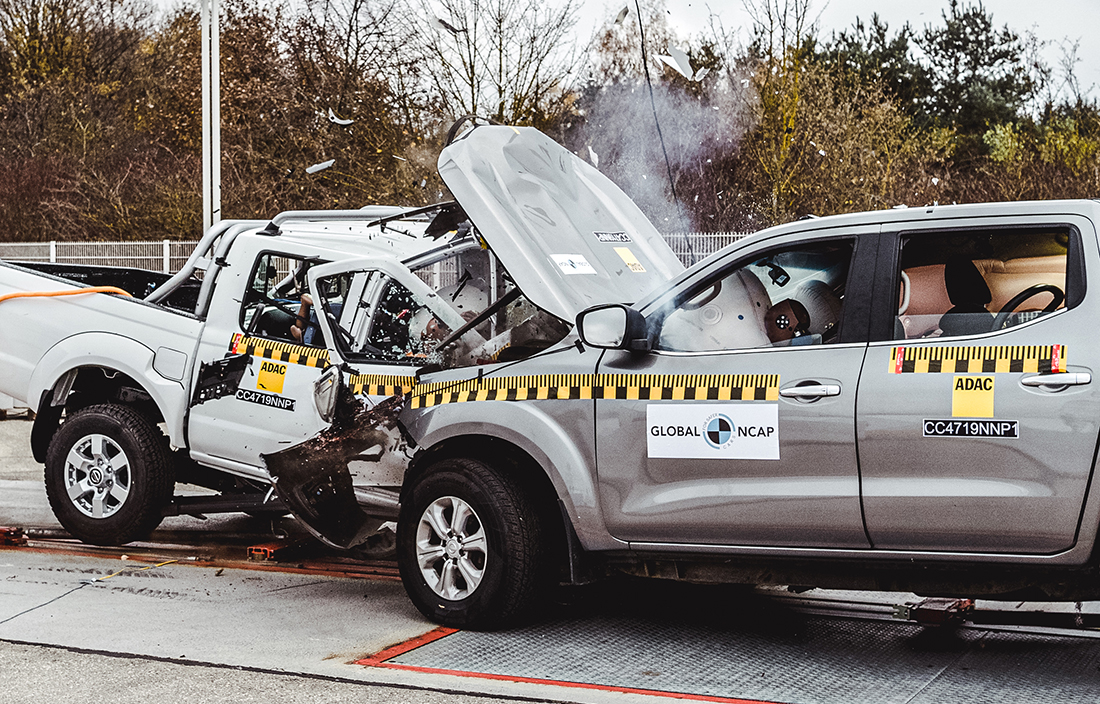
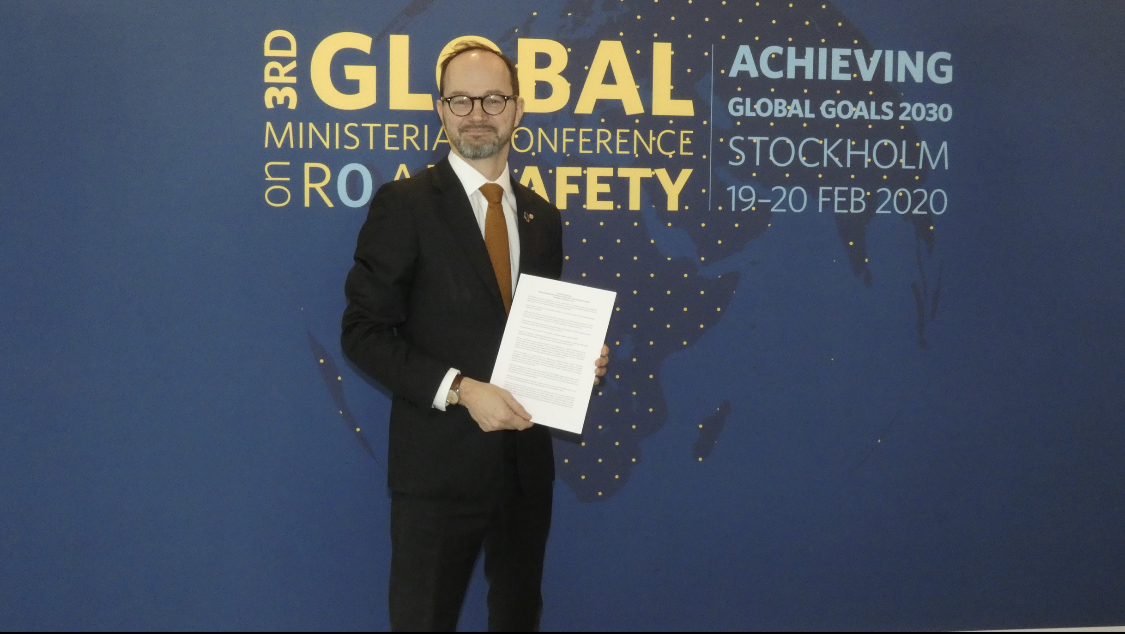
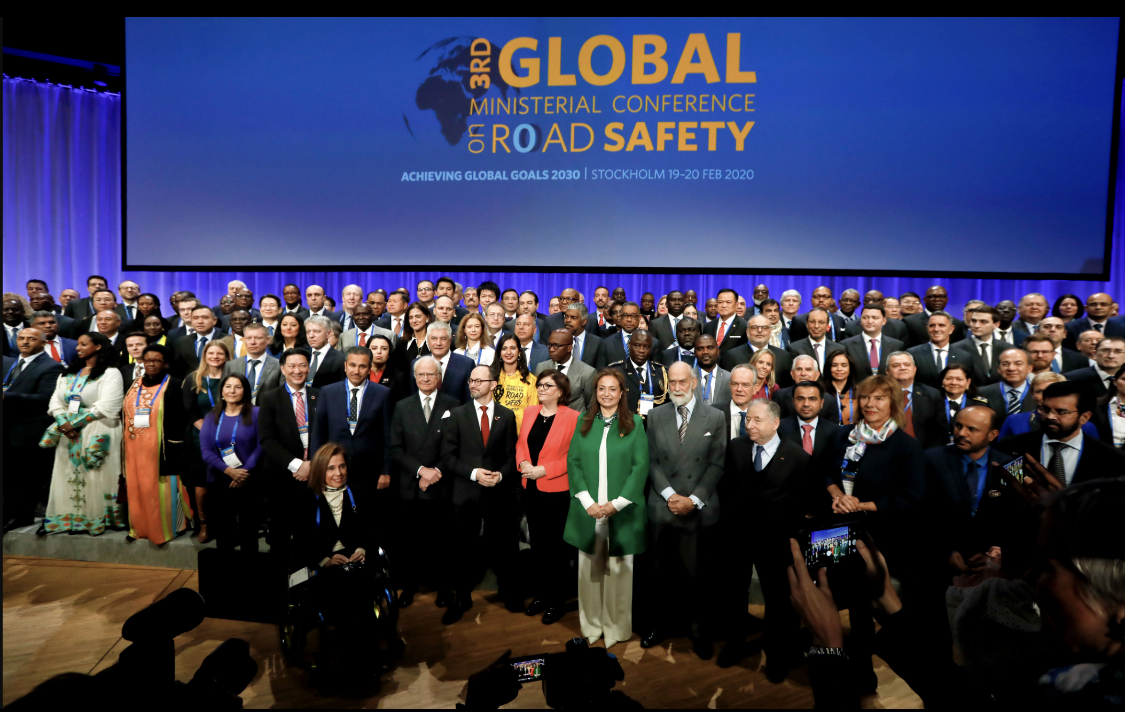
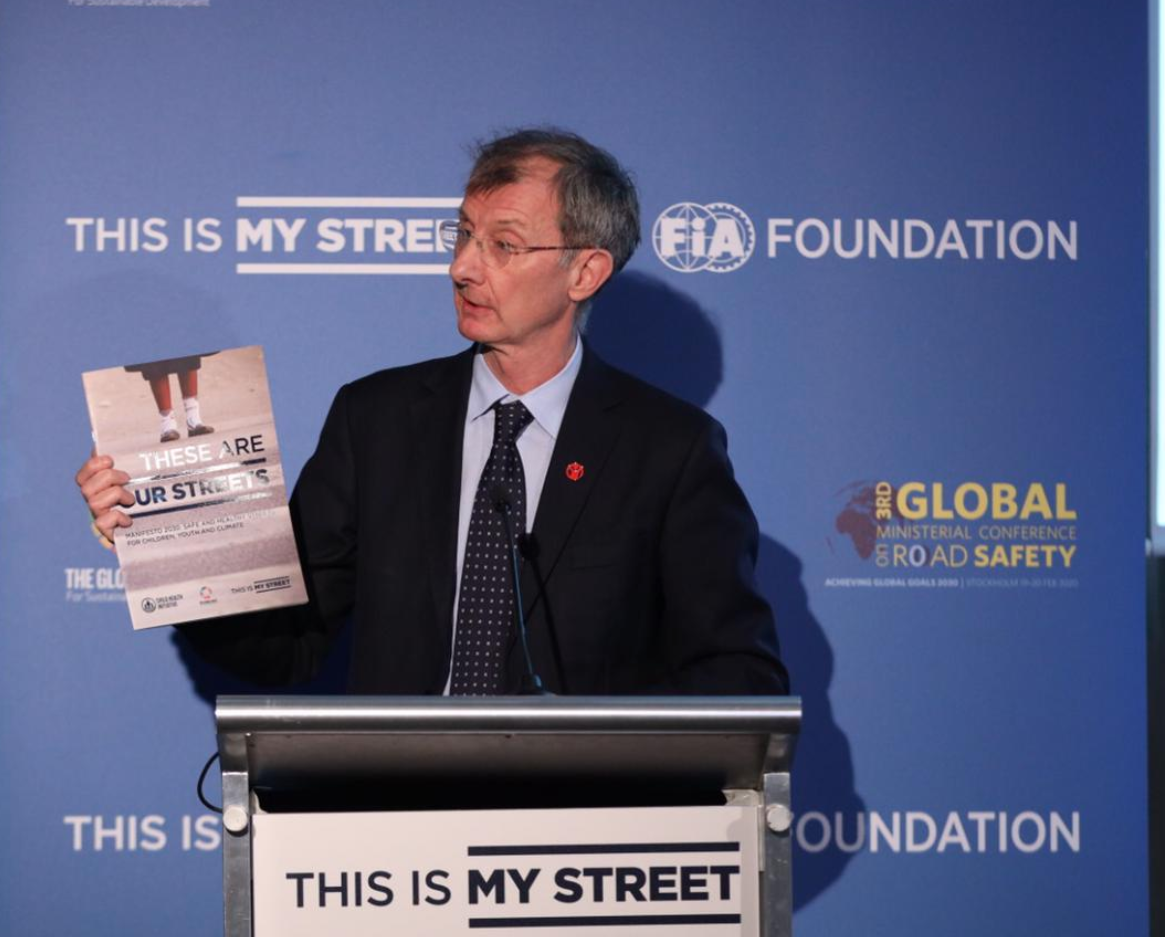

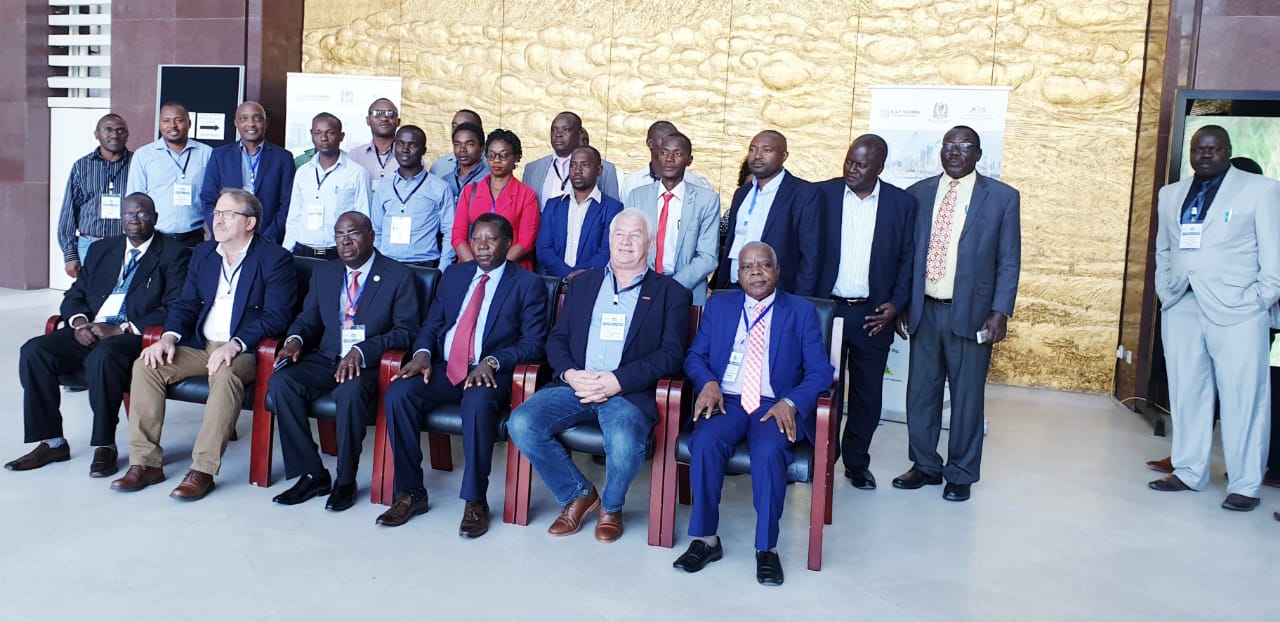

 RSS Feeds
RSS Feeds